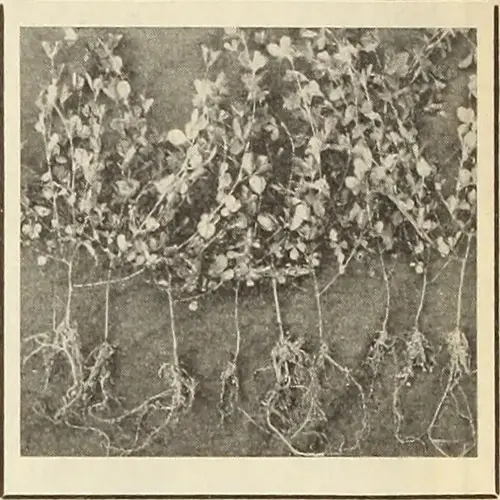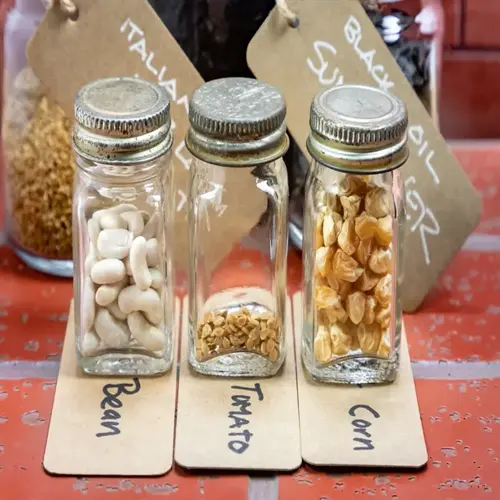How do you stratify seeds at home?

Written by
Paul Reynolds
Reviewed by
Prof. Samuel Fitzgerald, Ph.D.Stratifying seeds at home can be done using your refrigerator as a dependable technique. This mimics the natural winter-like conditions that seeds need to germinate. I utilize this technique with native perennials such as coneflowers that will not germinate without this cold treatment. This gives you a way to break dormancy effectively.
This technique of refrigeration works by breaking down biochemical dormancy at a steady cold temperature. Stratum seeds are best planted within moist sand or between paper towels inside sealed bags. Temperatures should be held between 33-41°F (0.5-5°C) for best results. This temperature prevents freezing injury while recreating winter overall.
Preparation
- Use sterile containers like ziplock bags labeled with species and dates
- Mix seeds with damp sand at 1:1 ratio or layer in paper towels
- Ensure medium feels like a damp sponge not dripping wet
Storage Protocol
- Place bags in refrigerator back section away from door
- Check weekly for mold or drying issues
- Rotate bags to ensure even temperature exposure
Post-Stratification Care
- Remove seeds when roots emerge or after recommended duration
- Plant immediately in pre-moistened seed-starting mix
- Keep soil at 60-70°F for optimal germination
The length of time varies by species. The native milkweed requires approximately 30 days to sprout, while lavender takes around 45 days to bloom. I track their progress with sticky labels and dates. And if the roots are "racing" out of the plug, pot promptly under grow lights and avoid allowing the roots to knit into the growing medium.
Avoid common mistakes, such as overfilling with seeds or failing to control water levels effectively. My first time ended with milkweed seeds that molded! Now, I incorporate a small amount of cinnamon powder to act as a natural antifungal agent. Additionally, I utilize a fridge thermometer to monitor temperature fluctuations.
Stratification that is done successfully produces strong seedlings that will be ready for transplanting. You will likely see faster growth and deeper root systems. This process allows you to grow as a gardener with more difficult native species. Begin your stratification today - you'll see the results.
Read the full article: How to Stratify Seeds: Ultimate Methods Guide

